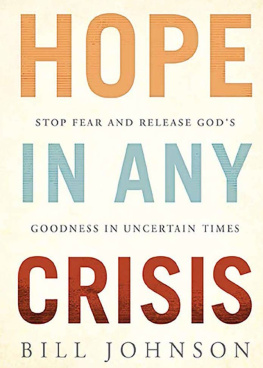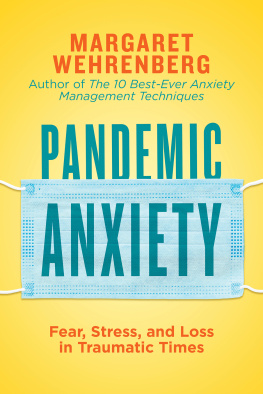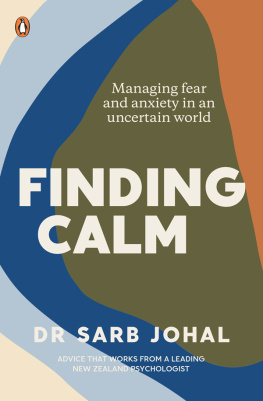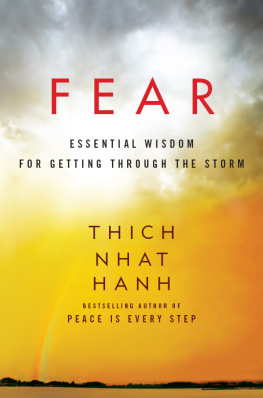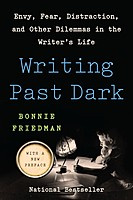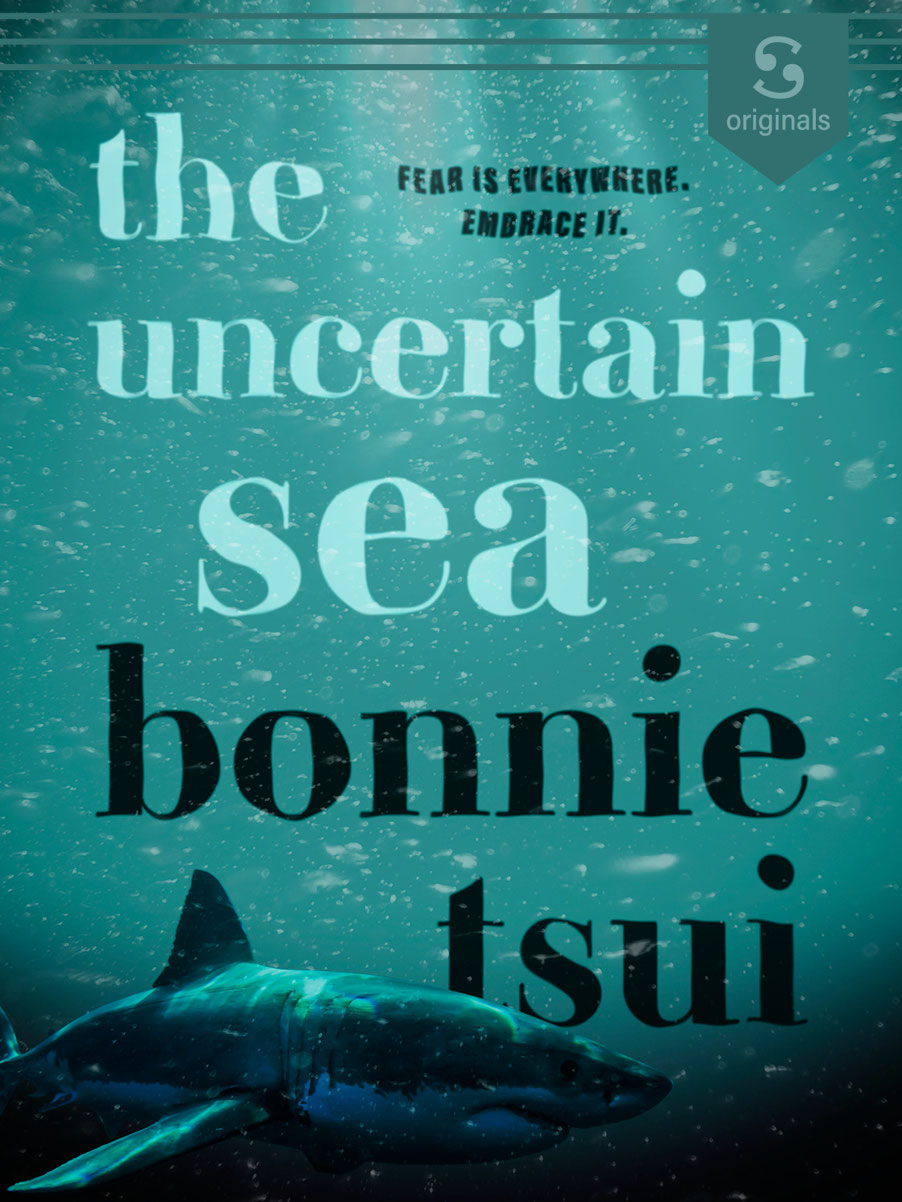Fear is everywhere. Embrace it.
Scribd, Inc.
For more, visit www.scribd.com and follow @Scribd on Twitter, Facebook, and Instagram. Facebook.
FOR NEARLY TWENTY YEARS, RON ELLIOTT made his living as a commercial sea urchin diver in the Farallon Islands, those isolated, sawtooth crags thirty miles off the coast of San Francisco, out in the yawning blankness of the open ocean. It was a solo pursuit, gathering urchin in this part of the Pacific. Eventually, it got to be even more so, when he was the last year-round diver left. But he liked it that way.
To keep himself entertained during long dives, and to have a little something to show his family, Ron took a camera along and filmed what he saw: pairs of ling cod hovering protectively over their clutches of eggs; octopuses foraging and flushing colors; sea lions chasing one another, then playfully nosing up to the camera. The twenty-foot tendrils of jellyfish trailing off into the inky dark.
What he was most interested in seeing, though, was the sharks.
The Farallones are where large numbers of great white sharks take up residence in the fall and winter months, feasting on seals and sea lionsthe high-fat, high-calorie pinnipeds that colonize the islands rocky, windswept shores. A single juvenile elephant seal can sustain a white shark for a month. Outside of the sudden, episodic violence of a kill, the sharks swim calmly and methodically along the seafloor, visiting spots where theyve previously found food.
Ron loved the meditative quality of drifting through and observing the marinescape. Whats the undersea equivalent of being a fly on the wall? Maybe its a krill in the current.
Like the sharks, Ron spent most of September through January in the Farallones. It became his adopted home. Being alone with the sharks, in the silence and solace of the sea, quieted his mind. Immersion below the waterline put him in a trance that he welcomed. He wasnt averse to sharks as much as he was to his own past. Hed been wild in his youthout of control, he admitted, unable to get a grip on his scattered brain. His poor mother, Rons wife, Carol, told me more than once. He was a handful back then. He looked for things to calm him down: alcohol and surfing, then AA and diving. Where others might pull a 180 upon seeing a shiver of sharks, he found comfort swimming alongside them, in the hush of their native environment.
He found that he liked documenting marine life more than he liked picking urchin. He tapered off from fishing around 2005, when local processors disappeared and transporting his catch became difficult. By 2010, with the waters surrounding the Farallones officially closed to most fishing, Ron was well into his career as the islands premier underwater filmmaker, specializing in sharks. (My description; Ron hates superlatives.) He was fifty-nine years old.
Once, I brought him onstage before a big audience to talk about his life among the sharks. People were electrified by his intimate footage of the predators swimming calmly around him like he was just part of the furniture. The first question from the crowd was, of course: Arent you afraid out there? Ill never forget how he paused, looking into the darkness at the nearly three thousand people in the theater. He waved at Carol, who was sitting in the second row. Then he said, Well, Im afraid now. The audience went wild.
As I got to know him, I came to think of Ron as someone who understood how to manage fear and calculate risk. He needed his time with the ocean, he said. And so he conducted himself with respect and care. Hed had sharks buzz and bump him over the yearsa few times, he had to fend off a territorial shark with his urchin basket; on another occasion, a shark grazed his leg with one of its teethbut he always told those stories absent any fuss, with a dry laugh and something like wonder in his voice. He showed me eye-popping video of one near miss: a male coming at him from behind, tapping him between the shoulder blades, and thendinkthe sharks pectoral fin getting caught in the boats anchor chain, jerking the fish backward and knocking Ron into a somersault. Ron knew the closeness of the call only because the camera mounted on his air hose captured the event from above. Did it stop him from going back? It did not.
Unlike everyone else I knew, Ron didnt get too worked up about shark attacks. He preferred the word incident. To him, attack meant premeditation, and anyway, this was their element, not his. In the thirty-plus years hed spent in the sharks living room, hed never gotten into serious trouble.
That is, until he did.
On October 23, 2018, a seventeen-foot female charged him in the first moments of a dive at Mirounga Bay, on Southeast Farallon Island. He shoved his camera between her mouth and his face; as he fought her off, he got an uncomfortable eyeful of multiple rows of razor-edged teeth running back into an abyssal maw. The shark nearly bit off his right hand and forearm, but he survived.
In the actuarial world of risk assessment, shark encounters remain exceedingly rare. These days, more people die each year while taking selfies than by shark bite. And yet, in the feelings-based hierarchy of fear, almost all of us would place sharks above selfies. Instinct doesnt care about data.
One year into a global pandemic, weve been gripped by fear in ways that feel unprecedented to many of us. We have gone through waves of being afraid of, well, everything: grocery shopping, job loss, the police, other people, air travel, wildfires, climate change, the future. If we held anxiety at bay before, we are newly acquainted with the kind of voracious dread that can keep us awake at night. We must calculate risk in order to do many things we used to take for granted: going to work, visiting family, eating at a restaurant.
In this sea of uncertainty, I found myself thinking often about my friend Ron. Over time, the risks we assume tend to normalize, so we arent consciously afraid in our day-to-day lives. Think about driving a car. More than a million people worldwide die in crashes each yearan average of 3,700 deaths per day. As student drivers, we are petrified. We have an acutely heightened sense of the perils: oncoming traffic, pedestrians, cyclists whizzing up on the shoulder, blind spots. Eventually, we become comfortable enough behind the wheel that a kind of internal autopilot takes control of our driving and our fear management. The act has become routine enough that we feel safe. Its risk as habit.
Then, with the arrival of an outlying data pointan accident, an infection, a deathsuddenly everything seems different, our perspective altered. Risks absorbed by routine rise to the surface again. How did Ron think about it? Here he was, navigating multiple hand surgeries and physical therapy appointments in the middle of a worldwide viral outbreak. Our decisions tend to be different when we feel vulnerable; I know mine were. I was struggling with anxiety, and my dreams were vivid and disturbed, often involving crowded places where no one was wearing a mask. As a journalist, one of the ways I cope with anxiety is to seek out solidity in research, statistics, specifics. As a writer, though, Im moved by stories; I talk to people and try to find the ones who have something to say.
In the crossroads of the moment, it seemed as though the only real way to deal with my fear was to get cozier with it. And I wanted to talk to the one person I knew who found comfort in what, to many of us, was the most terrifying place imaginable.




